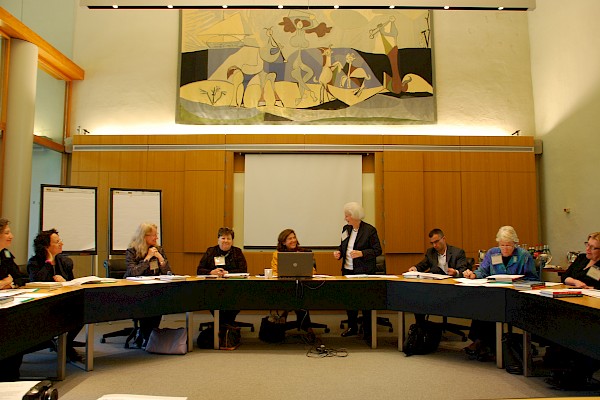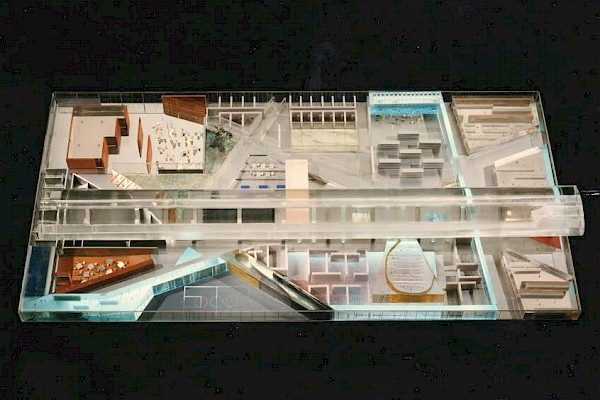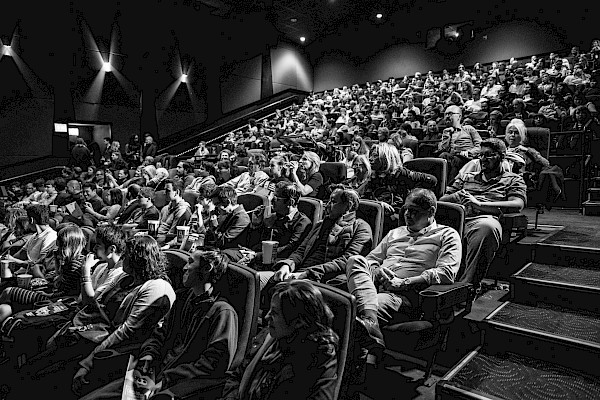This program will be hosted in the Rooms for Books in the Chicago Architecture Biennial Bookstore.
In the long wake of the overnight whitewashing of iconic murals like William Walker’s All of Mankind and Ray Patlan’s Casa Aztlan and at the close of the Year of Public Art, this discussion asks artists to reflect on the personal and social impact of public art and historic murals, as well as the relationship that mural-making and mural-erasing has to gentrification and the cultural memory of Chicago neighborhoods. The speakers will share contemporary examples of creative preservation and projects that seek to counter the adverse affects that erasure has on local consciousness and approaches to public art that work to prevent displacement.
Artist Gloria “Gloe” Talamantes will discuss the Brown Wall Project, an initiative she launched in 2007 to work directly with property owners and artists in Little Village in order to reclaim the brown walls left behind by the City of Chicago’s Graffiti Blasters program. Juarez Hawkins, artist and curator of the upcoming Urban Griot exhibition of rarely-seen work by William Walker and a child of the Wall of Respect, will touch on the everlasting impact that murals can have on a city and community through her lived experience. Caroline O’Boyle, the Director of Programs and Partnerships at the Trust for Public Land will discuss The 606 and the successes, challenges, and impact that the elevated trail has had on the neighborhoods it cuts across. Moderated by Tempestt Hazel, Sixty Inches From Center.
Image: William Walker's "All of Mankind," painted in 1972 on the Evergreen Avenue Church. Photo courtesy of the Chicago Public Art Group





